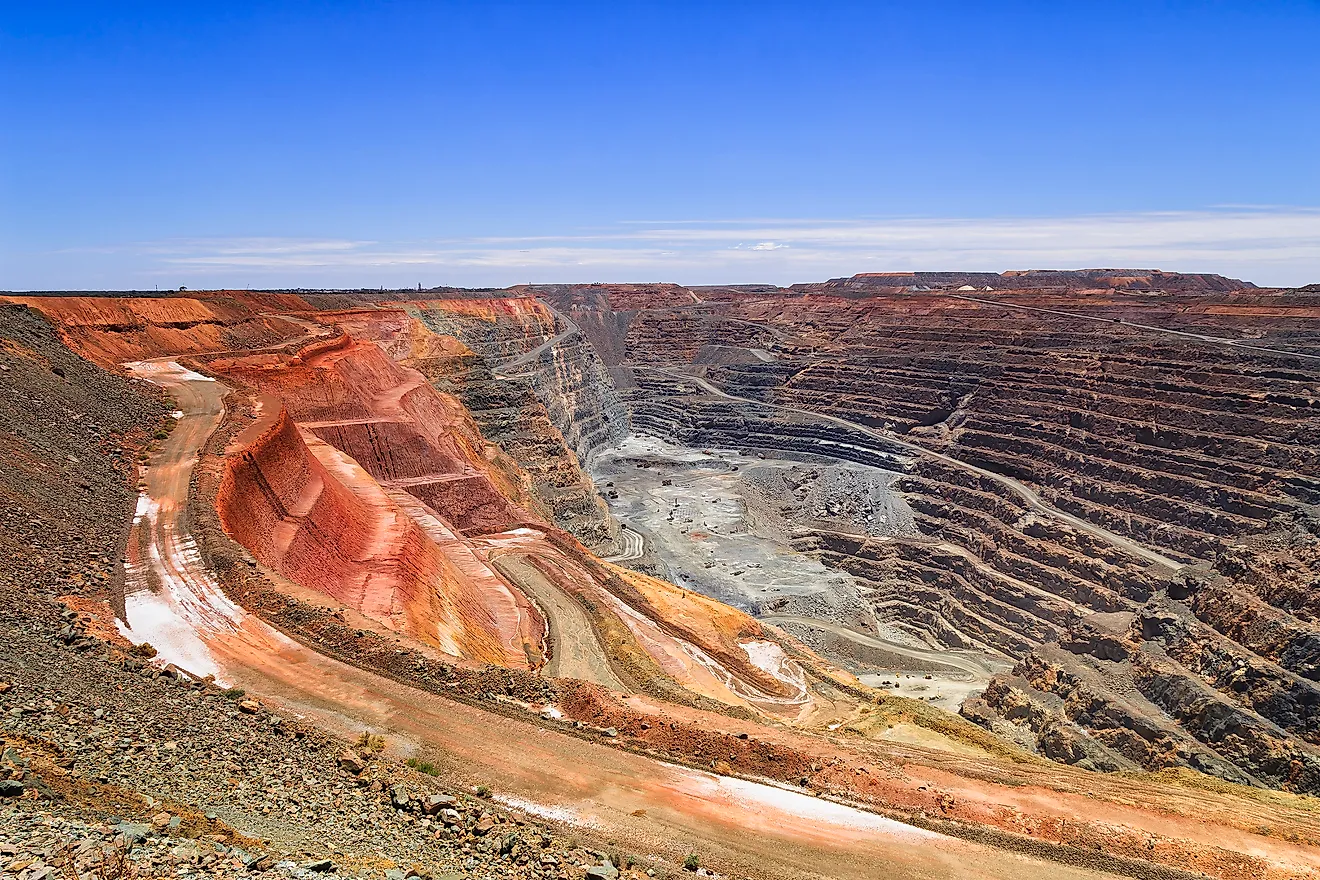What Is The Environmental Impact Of The Mining Industry?

Mining is the extraction of minerals and other geological materials of economic value from deposits on the Earth. Mining adversely affects the environment by inducing loss of biodiversity, soil erosion, and contamination of surface water, groundwater, and soil. Mining can also trigger the formation of sinkholes. The leakage of chemicals from mining sites can also have detrimental effects on the health of the population living at or around the mining site.
In some countries, mining companies are expected to adhere to rehabilitation and environmental codes to ensure that the area mined is eventually transformed back into its original state. However, violations of such rules are quite common.
Environmental Impacts Of Mining
As mentioned previously, mining activities can harm the environment in several ways. These are as follows:
Air Pollution
Air quality is adversely affected by mining operations. Unrefined materials are released when mineral deposits are exposed on the surface through mining. Wind erosion and nearby vehicular traffic cause such materials to become airborne. Lead, arsenic, cadmium, and other toxic elements are often present in such particles. These pollutants can damage the health of people living near the mining site. Diseases of the respiratory system and allergies can be triggered by the inhalation of such airborne particles.
Water Pollution
Mining also causes water pollution which includes metal contamination, increased sediment levels in streams, and acid mine drainage. Pollutants released from processing plants, tailing ponds, underground mines, waste-disposal areas, active or abandoned surface or haulage roads, etc., act as the top sources of water pollution. Sediments released through soil erosion cause siltation or the smothering of stream beds. It adversely impacts irrigation, swimming, fishing, domestic water supply, and other activities dependent on such water bodies. High concentrations of toxic chemicals in water bodies pose a survival threat to aquatic flora and fauna and terrestrial species dependent on them for food. The acidic water released from metal mines or coal mines also drains into surface water or seeps below ground to acidify groundwater. The loss of normal pH of water can have disastrous effects on life sustained by such water.
Damage To Land
The creation of landscape blots like open pits and piles of waste rocks due to mining operations can lead to the physical destruction of the land at the mining site. Such disruptions can contribute to the deterioration of the area's flora and fauna. There is also a huge possibility that many of the surface features that were present before mining activities cannot be replaced after the process has ended. The removal of soil layers and deep underground digging can destabilize the ground which threatens the future of roads and buildings in the area. For example, lead ore mining in Galena, Kansas between 1980 and 1985 triggered about 500 subsidence collapse features that led to the abandonment of the mines in the area. The entire mining site was later restored between 1994 and1995.
Loss Of Biodiversity
Often, the worst effects of mining activities are observed after the mining process has ceased. The destruction or drastic modification of the pre-mined landscape can have a catastrophic impact on the biodiversity of that area. Mining leads to a massive habitat loss for a diversity of flora and fauna ranging from soil microorganisms to large mammals. Endemic species are most severely affected since even the slightest disruptions in their habitat can result in extinction or put them at high risk of being wiped out. Toxins released through mining can wipe out entire populations of sensitive species.
Long-Term Ill-effects Of Mining
A landscape affected by mining can take a long time to heal. Sometimes it never recovers. Remediation efforts do not always ensure that the biodiversity of the area is restored. Species might be lost permanently.











